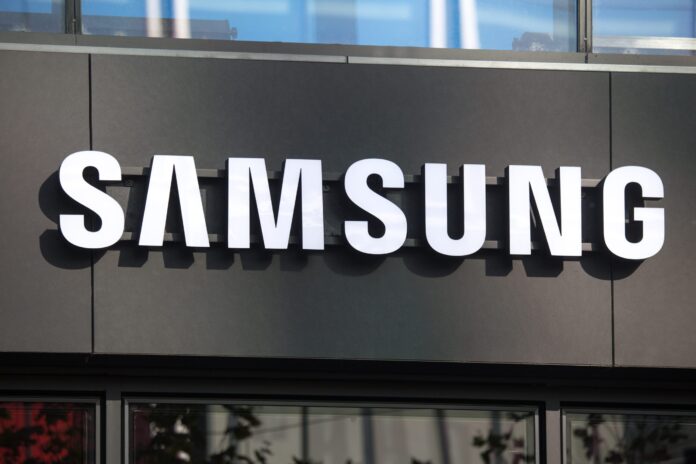The pair claim Liberty is the first telco to in Puerto Rico and Latin America to introduce 5G vRAN and Open RAN tech
Puerto Rican operator Liberty is collaborating with Samsung Networks Latin America to test the vendor’s O-RAN compliant virtualized Radio Access Network (vRAN) and radios in Puerto Rico. The companies claim Liberty is the first telco to in Puerto Rico and Latin America to introduce 5G vRAN and Open RAN tech.
vRAN allows mobile network operators to run baseband functions as software on standard servers, essentially separating the hardware from the software in the RAN. This delivers greater flexibility and efficiency compared to traditional, dedicated RAN hardware.
“The biggest advantage of vRAN and Open RAN is that it allows us to be more agile,” said Víctor Vera, senior director of RAN technology at Liberty. “By having the cell site information processing centralized in Liberty’s cloud-native data center and leveraging the latest software-centric solutions, the implementation, maintenance, and troubleshooting is a lot easier for operators to handle at a single location.”
In addition, Liberty, which covers 97.5% of Puerto Rico with 5G, will be able to use RAN and Open RAN technologies to “reinforce and expand” this network more faster with less hardware equipment.
“vRAN and Open RAN are cutting-edge technologies that are driving innovation in commercial networks and further bolstering 5G capabilities. Samsung has long been a pioneer in the path towards next-generation networks,” said Carlos Alberto Aguilar Palafox, head of Samsung Networks Latin America. “It’s an exciting step to introduce vRAN and Open RAN to Puerto Rico with Liberty and a meaningful collaboration that we hope to further build on in the future.”
Samsung Electronics announced the next phase of its 5G vRAN solutions at MWC 2023, stating that it is bringing “next-level capabilities” aimed at improving performance and increasing power savings. “The advanced vRAN software will boast a range of new ‘smart’ features — optimized to address the needs of forward-looking operators,” the vendor said. “These include advanced capabilities that will help pave the path towards the next phase of network virtualization, including features that increase bandwidth support of Massive MIMO radios, analyze hourly traffic patterns to optimize network operating conditions, and automate networks with ‘sleep mode’ to save energy consumption.”


